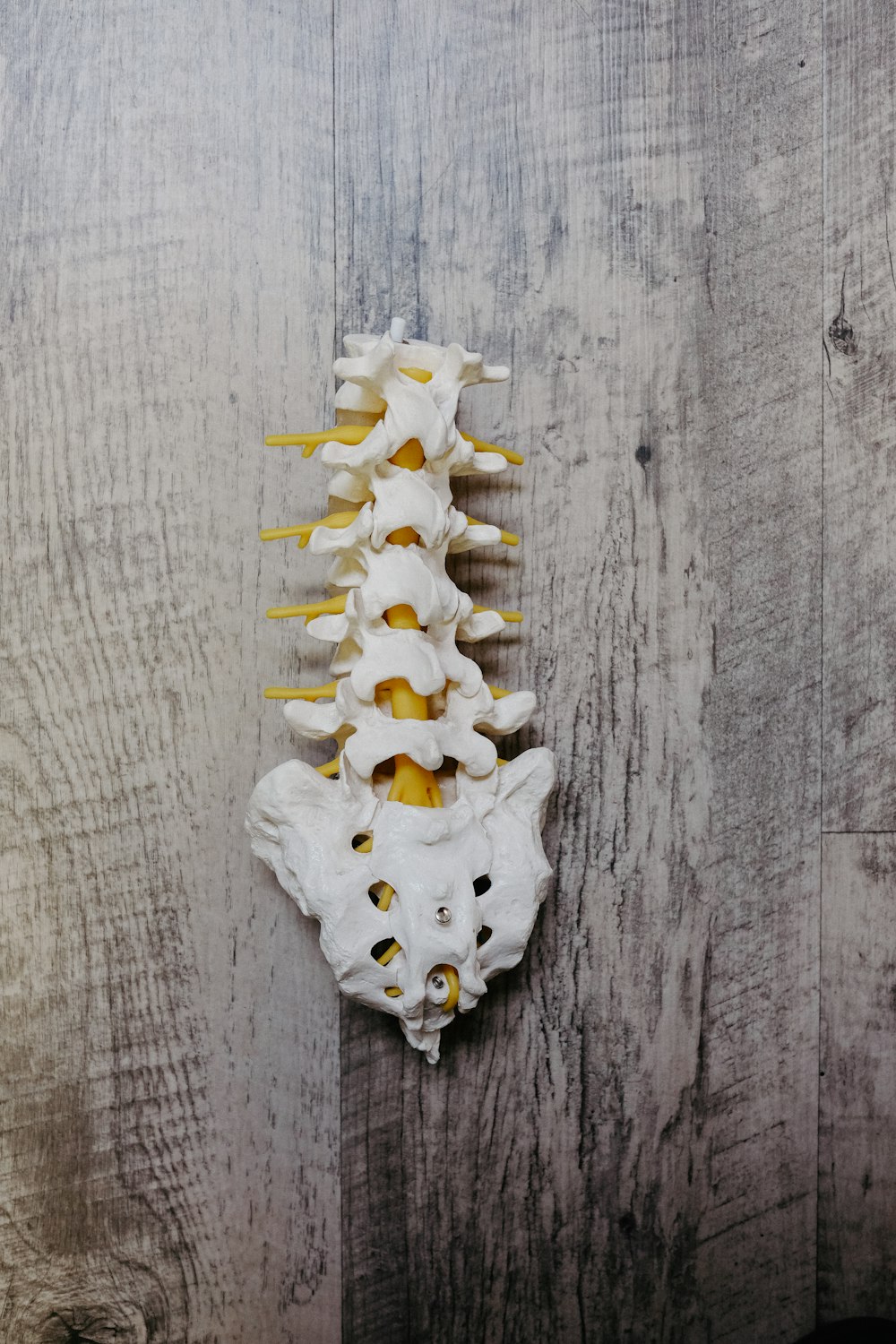目次
腰部脊柱管狭窄症の歩行能力改善ってどのくらい連続歩行距離が改善すれば改善したと言っていいの?
腰部脊柱管狭窄症が合併する障害の1つとして間欠性跛行が挙げられます.
間欠性跛行というのは連続歩行距離が長くなると下肢の脱力が出現し,休息したり腰部を屈曲することで症状が軽快するといったものです.
そのため腰部脊柱管狭窄症例に対する理学療法・作業療法のアウトカムとして連続歩行距離が用いられることが多いです.
連続歩行距離を測定することで症状が改善したかどうかを評価できるわけですが,腰部脊柱管狭窄症の歩行能力改善ってどのくらい連続歩行距離が改善すれば改善したと言っていいのでしょうか?
今回は腰部脊柱管狭窄症の歩行能力改善はどのくらい連続歩行距離が改善すれば改善したと言っていいのかを明らかにした研究論文をご紹介させていただきます.

今回ご紹介する論文
Clin Spine Surg. 2021 May 26. doi: 10.1097/BSD.0000000000001196. Online ahead of print.
Responsiveness and Minimal Clinically Important Difference of the 6-minute Walk Distance in Patients Undergoing Lumbar Spinal Canal Stenosis Surgery
Hiroto Takenaka 1, Mitsuhiro Kamiya, Hideshi Sugiura, Kasuri Nishihama, Atsuki Ito, Junya Suzuki, Shuntaro Hanamura
Affiliations expand
PMID: 34039891 DOI: 10.1097/BSD.0000000000001196
今回ご紹介する論文は2021年に掲載された論文です.
研究デザイン
Study design: This was a retrospective review of prospectively collected data.
この研究は前向きに収集されたデータを用いて後方視的にレビューを行ったものです.
研究の目的
Objective: We aimed to evaluate the responsiveness of the 6-minute walk distance (6MWD) and determine the threshold of the minimal clinically important difference (MCID) in the 6MWD in patients who underwent surgery for lumbar spinal canal stenosis (LSS) surgery.
この研究では腰部脊柱管狭窄症(LSS)手術を受けた症例を対象として,6分歩行距離(6MWD)の反応性を評価し,6MWDの臨床的に重要な最小差(MCID)の閾値を決定することを目的としております.
背景データの概要
Summary of background data: The 6MWD rapidly and objectively assesses the walking distance in patients with LSS. To date, no study has assessed the MCID in the 6MWD in patients who underwent LSS surgery.
6MWDは腰部脊柱管狭窄症患者の歩行距離を迅速かつ客観的に評価するものです.
過去に腰部脊柱管症に対して手術療法を受けた症例のにおける6MWDのMCIDを評価した研究はありません.
研究の方法
Materials and methods: A total of 41 patients (16 women; average age: 69.4 y, SD: 7.8 y) were included and assessed preoperatively and at 6 months postoperatively. We evaluated the 6MWD and Oswestry Disability Index (ODI), which is a health-related patientrReported outcome, used as an anchor to calculate the MCID for in the 6MWD. We used 2 different approaches to examine the responsiveness of the 6MWD: internal and external responsiveness. The external responsiveness was assessed in 2 ways: one based on the anchoring questionnaire and the other based on the scale distribution of the scale. The anchor-based approach was evaluated using the Spearman rank correlation coefficient and the receiver operating characteristic curve. The distribution-based approach was evaluated using the minimal detectable change.
対象は41例の脊柱管狭窄症例(女性16名,平均年齢:69.4歳,SD:7.8歳)とし,術前および術後6カ月に評価を行っております.
アウトカムは6MWDとOswestry Disability Index(ODI)としております.
Oswestry Disability Indexは健康に関するpatientReported outcomeで,6MWDのMCIDを算出するためのアンカーとして使用されております.
6MWDの反応性を調べるために内部反応性と外部反応性という2つの異なるアプローチを用いております.
外部反応性は,アンカリング質問票に基づく方法(外部反応性)と,尺度の分布に基づく方法(内部反応性)の2種類で評価を行っております.
アンカーに基づくアプローチは,スピアマン順位相関係数とROC曲線を用いて評価を行っております.
尺度分布に基づく方法は,最小検出可能変化量を用いて評価を行っております.
研究の結果
Results: The ODI scores and 6MWD for each anchor significantly improved postoperatively. The correlation coefficient between changes in the 6MWD and ODI was r=-0.58. The area under the receiver operating characteristic curve for the ODI anchor was 0.70 (95% confidence interval: 0.52-0.89), and the cutoff value for the ODI anchor was 50 m (sensitivity=0.57, specificity=0.71). In the distribution-based approach, the minimal detectable change for the 6MWD was 105.9 m.
各アンカーのODIスコアと6MWDは,術後に有意に改善しております.
6MWDとODIの変化の相関係数はr=0.58でありました.
ODIアンカーのROC曲線下面積は0.70(95%信頼区間:0.52-0.89)で,ODIアンカーのカットオフ値は50m(感度=0.57,特異度=0.71)でありました.
分布に基づくアプローチでは,6MWDの検出可能な最小変化量は105.9mでありました.
研究の結論
Conclusions: Both the internal and the external responsiveness of the 6MWD were validated using the ODI. Therefore, the MCID in the 6MWD in patients undergoing LSS surgery ranges from 50 to 105.9 m.
6MWDの内的反応性と外的反応性の両方がODIを用いて検証されております.
この研究結果から腰部脊柱管狭窄症例の6MWDのMCIDは50~105.9mの範囲であることが明らかとなりました.
今回は腰部脊柱管狭窄症の歩行能力改善はどのくらい連続歩行距離が改善すれば改善したと言っていいのかを明らかにした研究論文をご紹介させていただきました.
50~100m以上の改善でないと意味のある変化ではないといった結果ですね.
腰部脊柱管狭窄症例の6MDを評価する際に使える結果ですね.






